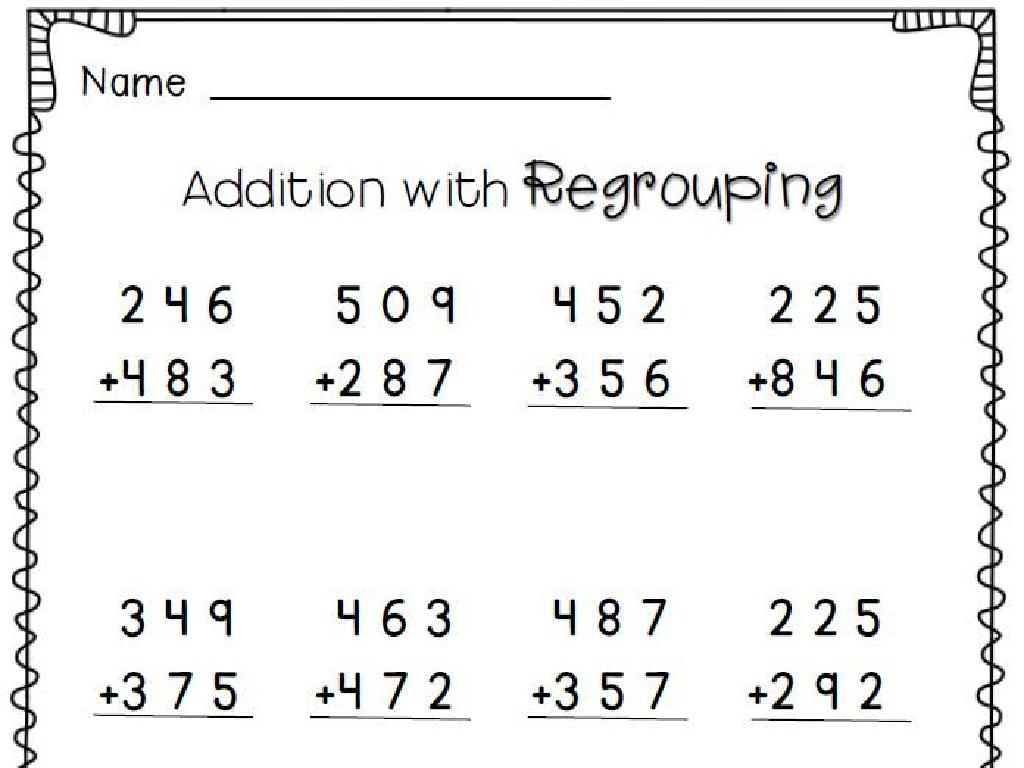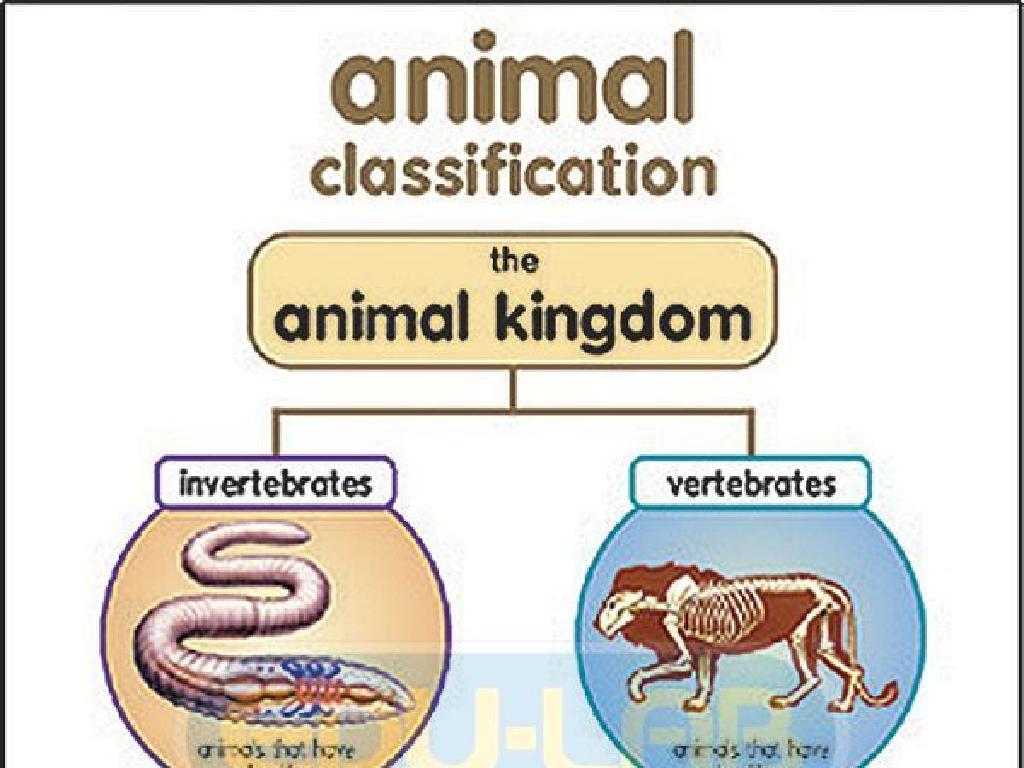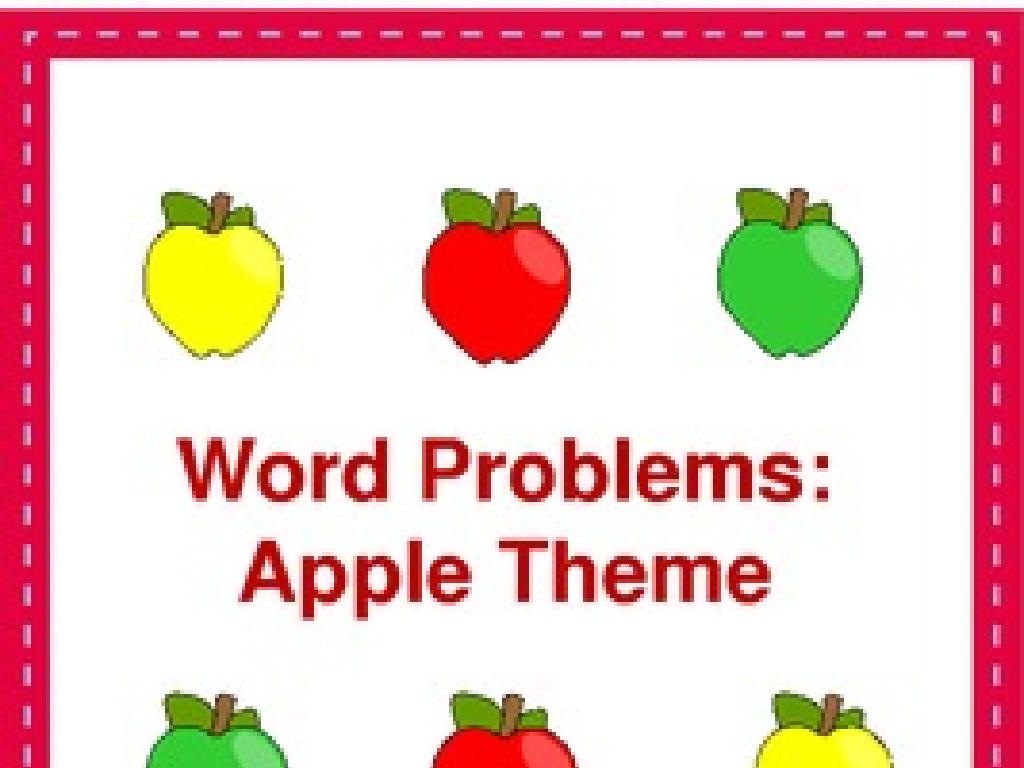Choose The Text That Matches The Writer'S Purpose
Subject: Language arts
Grade: Third grade
Topic: Topic Sentences
Please LOG IN to download the presentation. Access is available to registered users only.
View More Content
Welcome to Topic Sentences!
– Learning to choose the right text
– Understanding the writer’s purpose
– Writers write to explain, entertain, or persuade
– How topic sentences guide us
– Topic sentences tell us what the paragraph is about
– Matching text to purpose
– Find sentences that show the main idea or goal of the text
|
This slide introduces the concept of topic sentences and how they help in understanding the writer’s purpose. Explain to the students that writers may write to inform, entertain, or persuade their readers. Topic sentences are important because they give us a hint about what the rest of the paragraph will be about. They are like signposts that guide us through the text. Encourage the students to practice by reading paragraphs and identifying the topic sentences and the main idea they convey. This will help them in choosing texts that match the writer’s purpose, whether it’s to learn something new, enjoy a story, or be convinced about an idea.
Understanding Topic Sentences
– What is a topic sentence?
– It introduces the main idea of a paragraph.
– Topic sentences in paragraphs
– Usually found at the beginning.
– Topic sentence placement
– Exploring examples together
– We’ll review examples to learn how they work.
|
This slide introduces the concept of topic sentences to third-grade students. A topic sentence is crucial as it tells the reader what the rest of the paragraph will be about, setting the stage for the details that follow. It’s typically the first sentence, providing a clear introduction to the paragraph’s main idea. During the class, go through examples of paragraphs with the students, pointing out the topic sentences and discussing how they guide the rest of the paragraph. Encourage the students to identify the topic sentences in paragraphs from their reading books or class materials.
Understanding the Writer’s Purpose
– Writers have a purpose for writing
– Main purposes: inform, persuade, entertain
– Guess the purpose from the topic sentence?
– Can the first sentence give us clues about the whole story?
– Practice with examples
– Let’s try to find the writer’s purpose in different sentences!
|
This slide introduces the concept that every writer has a purpose behind their writing, which is typically to inform, persuade, or entertain the reader. Understanding the writer’s purpose is crucial for comprehension and critical thinking. The topic sentence of a paragraph often hints at the purpose. During the lesson, provide examples of topic sentences and guide students to infer the writer’s purpose from them. Encourage students to consider how the choice of words and the structure of the sentence contribute to revealing the purpose. For practice, students can work with various sentences to identify the purpose, enhancing their ability to analyze texts and improve their reading skills.
Matching Game: Writer’s Purpose
– Match sentences to the writer’s purpose
– Read topic sentences as a group
– Determine the purpose: inform, persuade, entertain
– Is the sentence giving information, arguing a point, or telling a story?
– Engage in a fun matching activity
– Use cards with sentences and purposes to play
|
This slide introduces a class activity designed to help students understand the different purposes of writing. The teacher will guide the students through reading various topic sentences and deciding whether the writer’s intent is to inform the reader with facts, persuade the reader to believe or do something, or entertain the reader with a story. The activity will be interactive, possibly using physical or digital cards that students can match. Teachers should prepare several examples of topic sentences for each purpose and ensure that the activity is clear and engaging. The goal is for students to recognize the intent behind different sentences and associate them with the correct purpose. This exercise will enhance their critical thinking and comprehension skills.
Matching Text to the Writer’s Purpose
– ‘Dinosaurs lived on Earth millions of years ago.’
– To inform us about dinosaurs’ existence
– ‘Eat fruits and vegetables daily for health.’
– To persuade us to eat healthily
– ‘A brave princess lived in a faraway land.’
– To entertain with a story about a princess
– Discuss the purpose of each sentence
|
This slide aims to help students understand how to determine the writer’s purpose in a given text. Start by explaining that a topic sentence is a sentence that captures the essence of a paragraph. Then, present each example and ask students to think about why the writer might have written these sentences. Is it to inform, persuade, or entertain? For example 1, the purpose is to inform the reader about a historical fact. Example 2 is persuasive, aiming to convince the reader to follow a healthy diet. Example 3 is clearly meant to entertain, as it begins a fairy tale story. Encourage students to look for clues in the sentences that reveal the writer’s intent. In the next class, have a discussion where students share their thoughts on each sentence’s purpose.
Your Turn: Understanding the Writer’s Purpose
– Review the given topic sentences
– Discuss the purpose with a partner
– Decide what the writer wants to achieve
– Is the writer informing, persuading, or entertaining?
– Prepare to share with the class
|
This activity is designed to engage students in collaborative learning and critical thinking about the writer’s purpose. Provide a few topic sentences and ask the students to discuss with their classmates what the writer’s intention might be behind each one. Is the writer trying to inform the reader with facts, persuade with an opinion, or entertain with a story? This exercise will help students to better understand how to identify the main idea and the intent in various texts. After the discussion, each pair will share their thoughts with the class, allowing for a broader understanding and reinforcing the concept of the writer’s purpose.
Class Activity: Crafting Topic Sentences
– Pick a favorite topic
– Write a clear topic sentence
– Start with a strong idea for your paragraph
– Explain your sentence’s purpose
– What do you want to tell readers about your topic?
– Share with the class
|
This activity is designed to help students understand the importance of a topic sentence in a paragraph and how it relates to the writer’s purpose. Students should choose a topic they are interested in to ensure engagement. Guide them to write a topic sentence that clearly indicates what the following paragraph will be about. Encourage them to think about their purpose: Are they trying to inform, persuade, entertain, or explain something? After writing, students will share their sentences with the class, fostering a collaborative learning environment. For the teacher: Prepare to help students refine their sentences and clarify their purposes. Offer praise and constructive feedback. Possible topics could include a favorite hobby, a memorable trip, or a beloved pet.
Review: Topic Sentences and Writer’s Purpose
– What’s a topic sentence?
– It’s the first sentence that tells what a paragraph is about.
– Finding the writer’s purpose
– Look for clues in the text to see why the writer wrote it.
– Topic sentence as a main idea guide
– It helps us know what to expect in the rest of the paragraph.
– Celebrate your hard work!
|
As we wrap up today’s lesson, revisit the concept of a topic sentence and its role in guiding readers through a paragraph’s main idea. Emphasize how understanding the topic sentence can help determine the writer’s purpose, whether it’s to inform, persuade, entertain, or explain. Congratulate the students on their effort and remind them to use the topic sentence as a tool to navigate through any text. For the next class, consider having students practice by identifying topic sentences and writer’s purposes in various paragraphs to reinforce today’s lesson.






